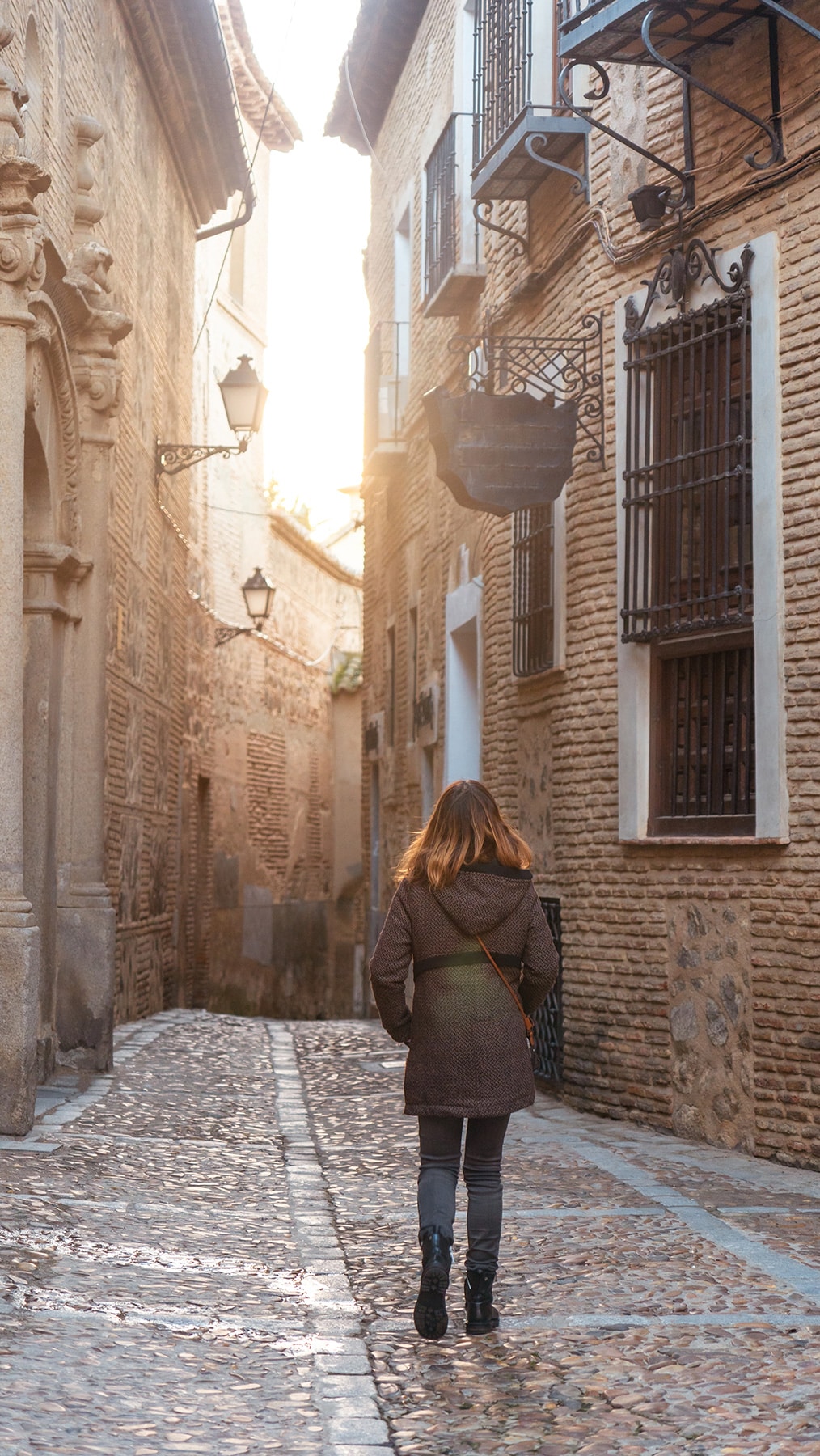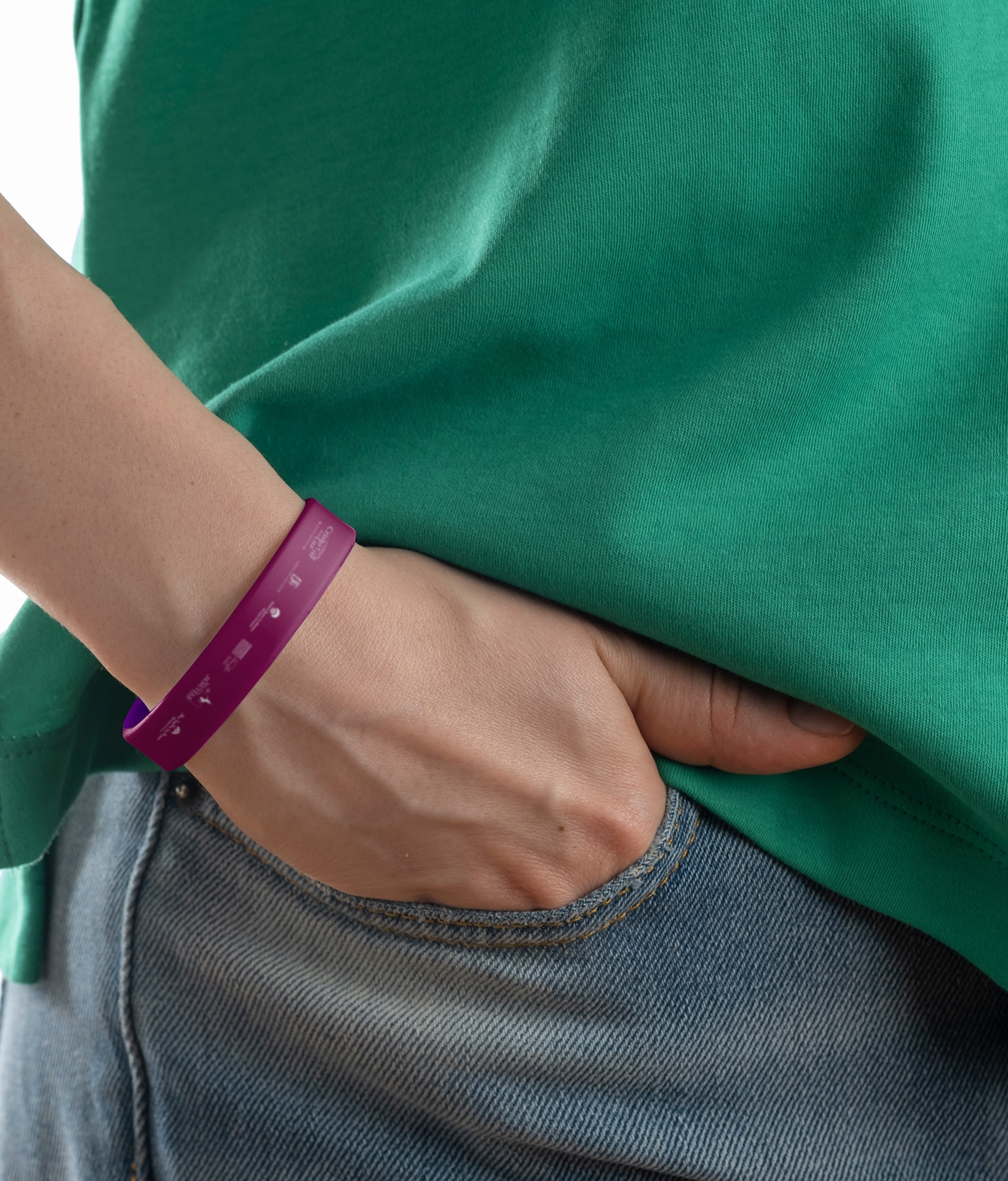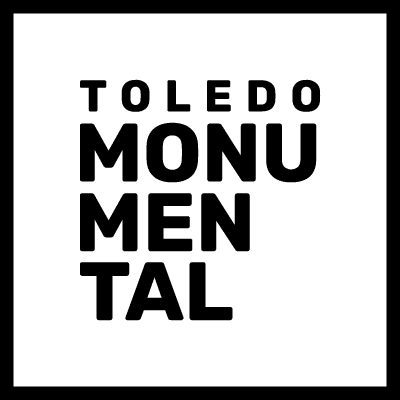Santa María la Blanca
is one of the most beautiful monuments in the Jewish quarter of Toledo
VISIT US
Visit the Former Synagogue
of Santa María la Blanca
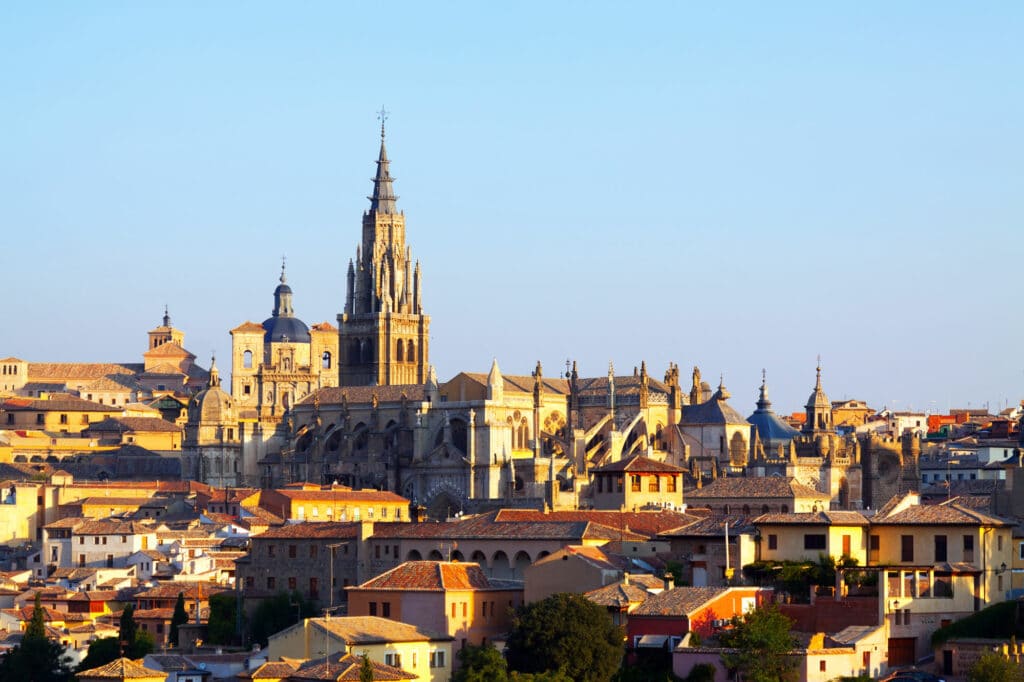
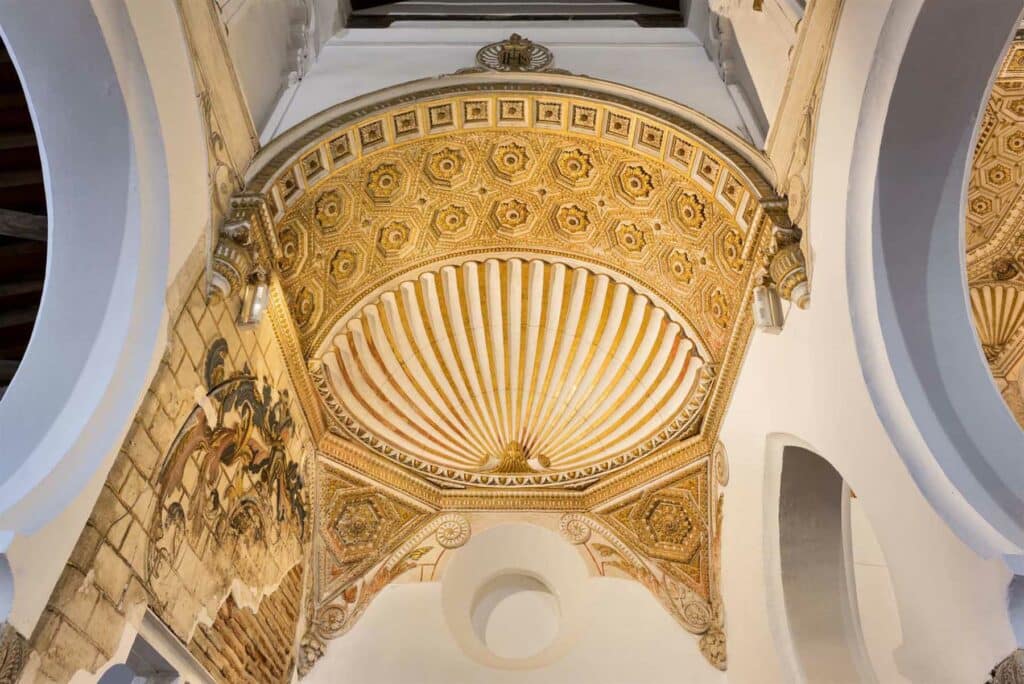
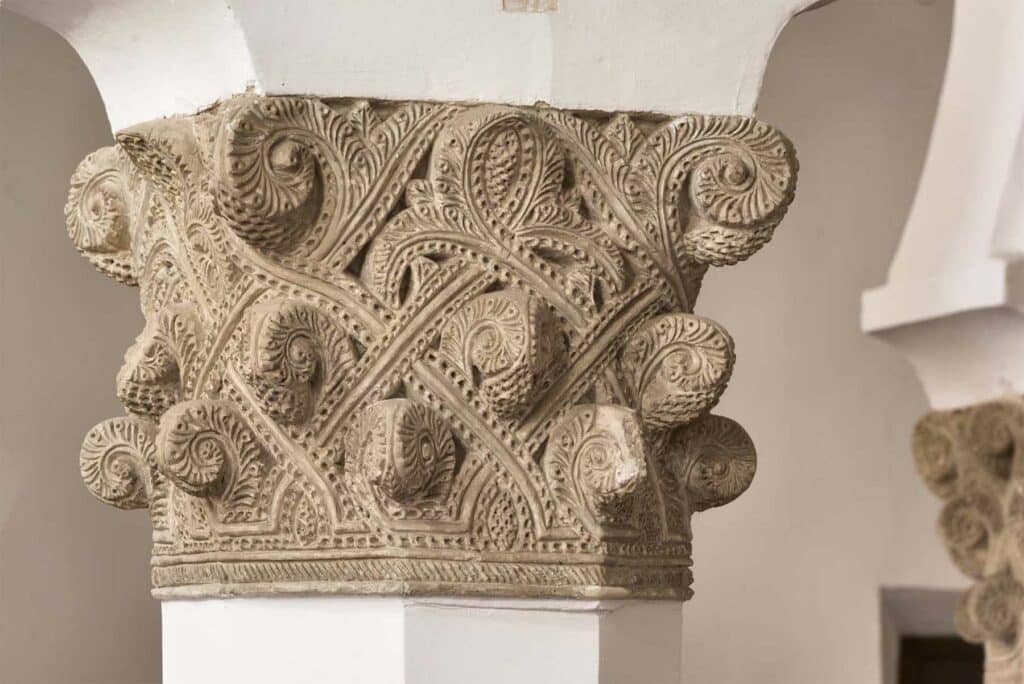
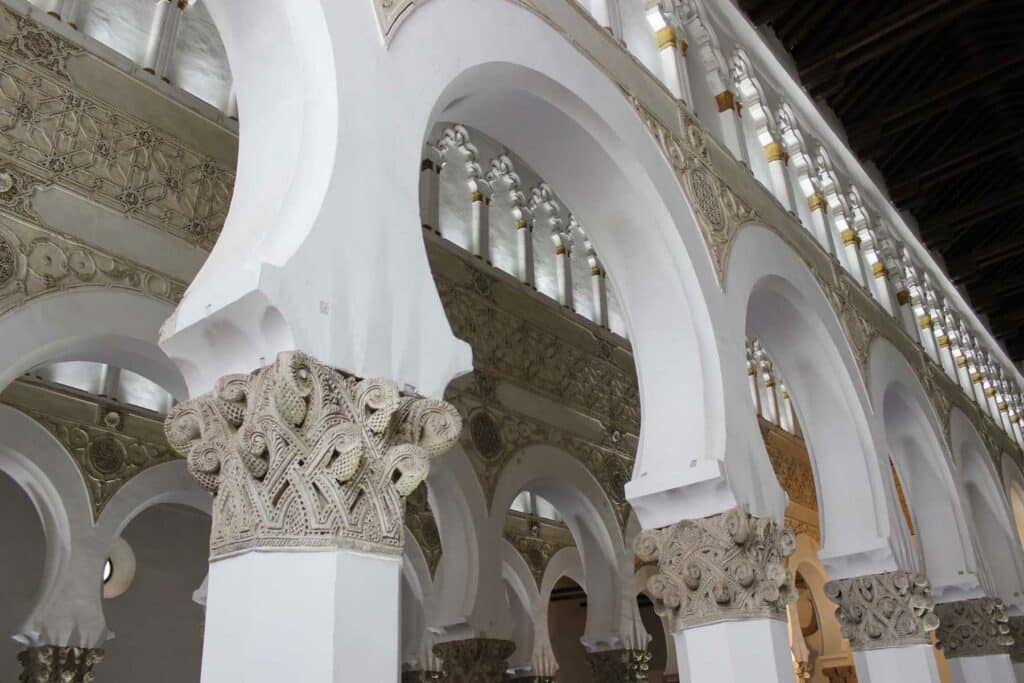
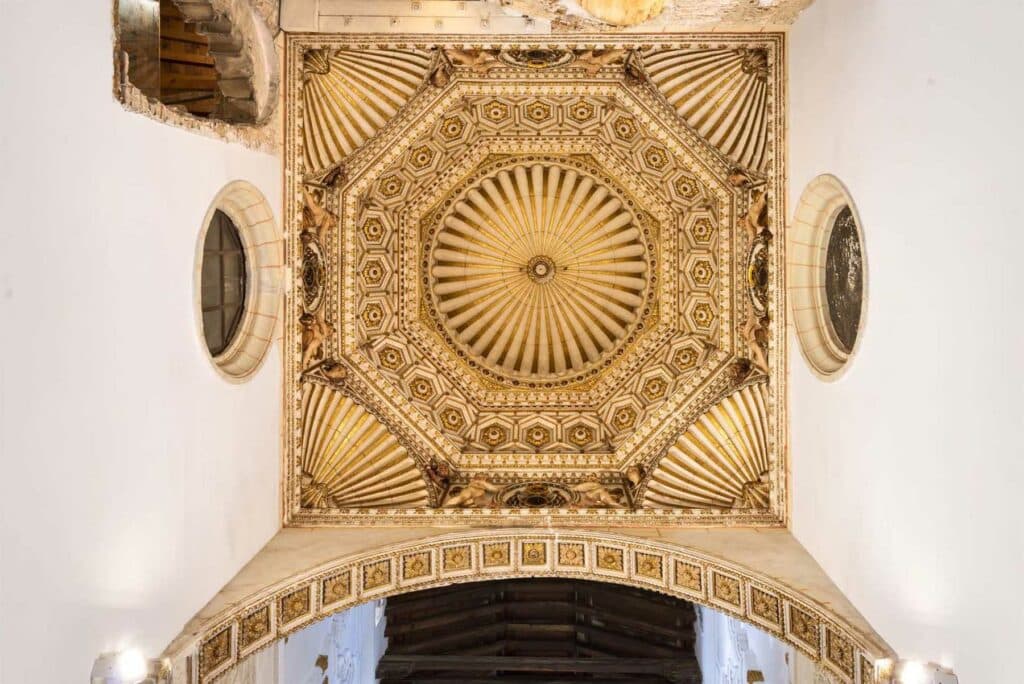
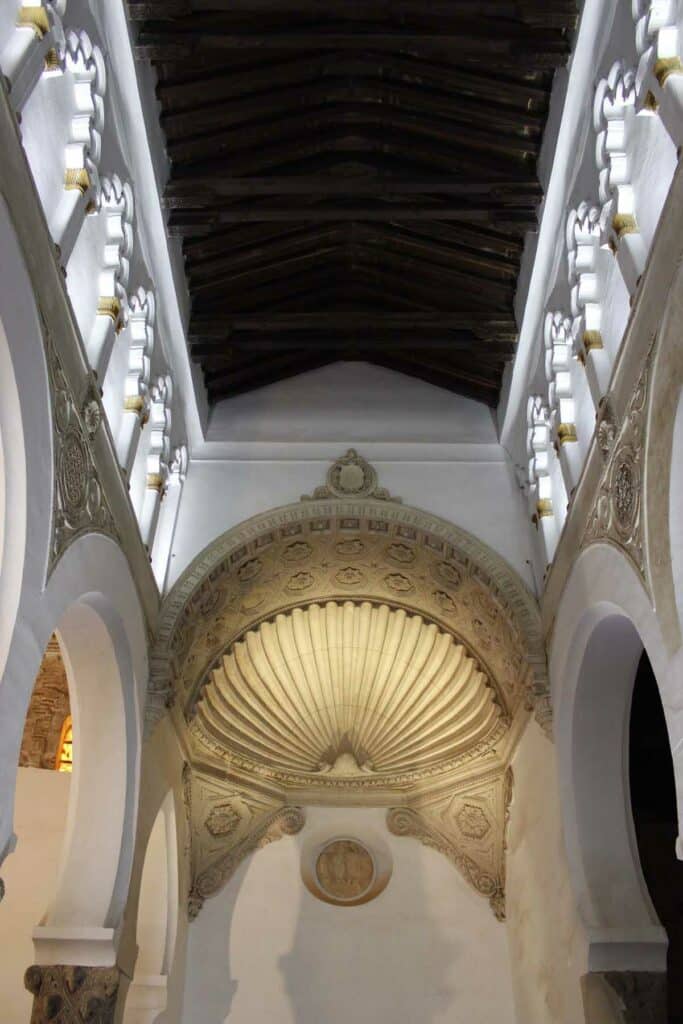
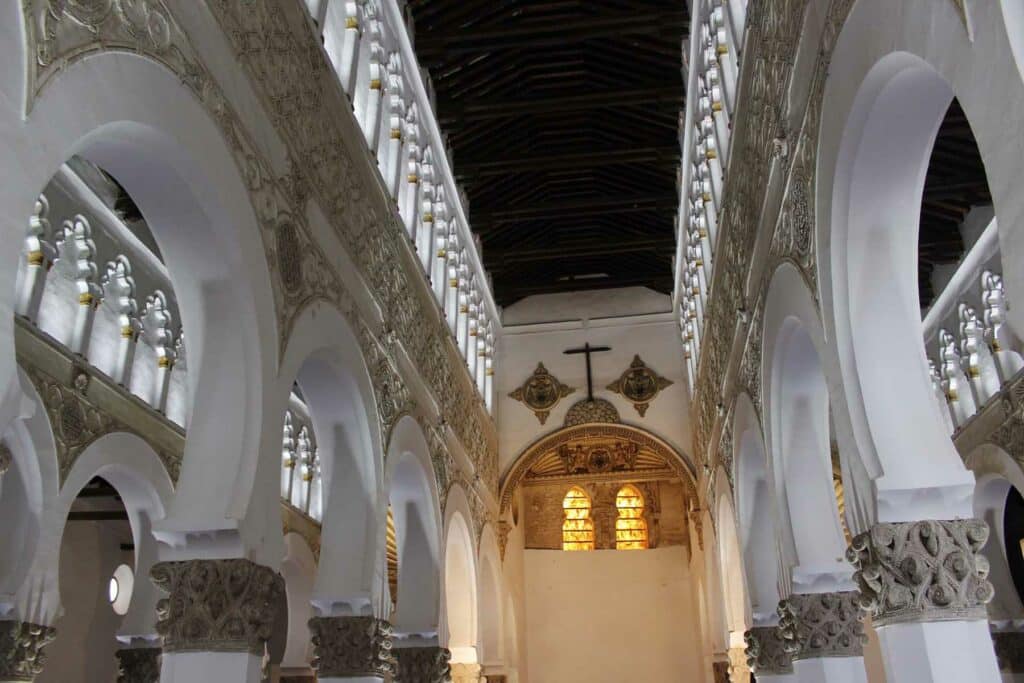
Virtual tour
Discover our best monuments as if you were there! Thanks to the latest technology you can enjoy an impressive 360º HD virtual tour. Get close to every corner and let yourself be surprised by every detail.
Contact details
- (34) 925 227 257
- tickets@toledomonumental.com
- C. de los Reyes Católicos, 4, 45002 Toledo, España
- Schedule:
SUNDAY 13th March: 10:00 – 17:00
1 MARCH – 15 OCTOBER
10:00 – 18:45 *
16 OCTOBER – 28 FEBRUARY
10:00 – 17:45 *
Open from Monday to Sunday.*
*The ticket offices will close 10 minutes before closing time..
* 1 January and 25 December closed.
* 24 and 31 December until 13:00
LOCALIZACION
The main synagogue
of Toledo
It was once the Toledo’s major synagogue and today it is known as Santa María la Blanca, one of Toledo’s icons. Its forest of white columns has been during the centuries a symbol of Toledo’s identity and of the history of the Jews in the city.
Santa María la Blanca transports you to another era, a haven of peace in the noisy world we live in today. Exploring this building allows you to soak up the Sephardic culture of our city.
The exquisite preservation of the monument allows you to see the building as it was conceived centuries ago.
The large garden surrounding the walls of the ancient synagogue allows you to take a break and enjoy an unforgettable experience.
In recent years, a revolutionary dynamic LED lighting system has allowed us to enjoy this jewel as never before.
History
of Santa María de Blanca
Hypotheses about its origin
The Major Synagogue of Toledo
The exact period of construction is unknown, as we have only scarce documentary data from poems and inscriptions outside the building. Based on this documentation, some historians claim that this is the so-called New Synagogue of Yosef ben Shushan, who died in 1205. Others suggest that it is the so-called Al-Malikim Synagogue, promoted by David ben Solomon Abi Darham in 1271.
However, most scholars today, based on the grandiose architecture of the building and the results of archaeology, affirm that this is the Great Synagogue of the Jewish quarter of Toledo, built at the end of the 12th century by Abraham ibn Alfache, adviser and ambassador of Alfonso VIII, a monarch with open sympathy for the Jews. It is additionally thought that it was rebuilt after a fire in 1250.
Recently, in view of its profuse decoration related to Nasrid art, some researchers have argued that its origins date back to the 14th century.
Church, a century before its expulsion
Its conversion into the Iglesia de Santa María de Blanca
The historian Pisa in the 16th century gives the news, later expanded by Lorenzana, of the discovery in an old manuscript book of the narration of the event that took place on the occasion of the preaching of Saint Vincent Ferrer in 1411: “and the people were inflamed by the Sermon of Saint Vincent and with this they took from the Jews the synagogue of Santa María la Blanca, as it is now called”. We know that the clashes between the supporters of Pedro I and those of his half-brother Enrique Trastámara, the latter an anti-Semite, led to the assault and looting of some properties in the Jewish quarter, as would also happen throughout the following century due to the struggle between the Ayala and Silva lineages, the latter of which were favourable to the converts. What is certain is that decades before the Expulsion it ceased to be used as a synagogue to become a church under the name of Santa María la Blanca, because the main image was the Virgen Blanca, a copy of the one in the choir of the Cathedral.
Reforms in the Renaissance
In 1554, Cardinal Silíceo founded a beaterio ( a religious house) there under the dedication of Nuestra Señora de la Piedad or Refugio de la Penitencia (Our Lady of Piety or Refuge of Penitence). It was intended to take in repentant women. It functioned until the end of the century, when it returned to being a hermitage without worship.
Covarrubias reformed the chancel, creating three chapels that he covered with vaulted ceilings in form of shell, a cupola in the central one and a quarter sphere in the lateral ones, on trumpets and pendentives respectively. An altarpiece commissioned to Nicolás de Vergara el Viejo and Bautista Vázquez was placed here, which today presides over the Main Chapel of the Iglesia del Salvador. In addition, from the 16th century are the 17 tombs, three of them children’s tombs, which were discovered in the latest excavations in 1989.
Destination for romantics and travellers
In 1791, the image of Nuestra Señora la Blanca was transferred to the parish church of Santo Tomé and its rooms were used as military infantry barracks, which considerably degraded the complex. The 14 vaulted rooms under the basement of the building date from this period.
Considered as dilapidated in 1798, it was used as a warehouse for the Royal Treasury and remained so, being visited by the romantic travellers who came to Toledo in the 19th century in search of an imperial past and a picturesque present that they were able to capture in descriptions and engravings. In the mid-19th century, the Provincial Commission of Historical Monuments took charge of the building. The south wall was then closed and the carver Ceferino Díaz was commissioned to repair the capitals. In 1930, it was declared a National Monument.
Art in
Santa María de Blanca
Architecture
An original style
The building is considered to be an incomparable example of Mudéjar art in the city, a symbiosis of techniques inherited from the Muslim masons. The architectural characteristics of what remains, including the octagonal pillars -which many consider to be typical of Almohad art- are reminiscent to the late medieval Castilian constructions. On the other hand, the complex decoration of the lower part, with discs in the spandrels of the arches and the pine cones of the capitals separated from the basket, leads to associate the decorative style with Nasrid architecture of the kingdom of Granada and menerí architecture of 14th-century Morocco.
A strange irregular plant
Its floor plan is an irregular quadrilateral oriented towards the east at the chancel, measuring between 26 and 28 metres in length and 19 and 23 metres in width. This is strange and unusual. It seems that it was built on top of previous constructions, by using their prior foundations, and that the south and west walls may have been altered or added to in different construction campaigns.
The main entrance at the foot of the church converges with a large wooden door with Mudejar decoration of ten-pointed stars, installed during the late 19th-century remodelling, under the protection of eaves. The whole complex is an invitation to contemplation and astonished praise, just as it inspired the Jewish people for centuries.
It is divided into five naves separated by horseshoe arches on octagonal pillars. The central nave is wider than the side naves and the side naves wider than the end naves. Above the horseshoe arches is a second body of multifoil arches on coupled columns, which were initially open and for some time now walled up. The central nave reaches a height of 12.50 metres, the middle ones 10 metres and the end ones 7 metres, and they are covered with larch wood frames: coffered ceilings with a pair of rows and a pair and knuckle supported on thick braces.
The beautiful synagogue enclosure is surrounded by a wall that flanks an ancient garden planted with cypress trees. In the background, a building can be glimpsed. It was built with brick and rammed earth walls, plastered with lime.
The place of women
The space inherited today leads us to consider the possibility of locating the place for women in a space in the side naves. However, after the most recent studies, we can affirm that women would have been located at the foot of the central nave in a high wooden tribune-which is currently lost- although there are no Hispanic references of such an arrangement on the same axis as the hejal (Holy Ark) and the bimah (ambo). The study of the foundations, and the fact that the last four capitals attached to the south wall are slightly different from the rest, as well as the mural paintings found that confirm the addition of a new space, suggest that after the fire of 1250, this last section may have been added to the aisles in order to accommodate the women’s tribune.
Sculpture
A rich and leafy decoration
The beautiful stucco capitals crowning the pillars, decorated with ribbons, scrolls and pine cones, stand out for their carving. The pine cone is an element of Eastern tradition related to the unity of the people of Israel and was also taken up by Christianity for its symbolism of communion. The arches are decorated with scrolls formed by palmettes and the spandrels of the arches are decorated with discs with multiple geometric compositions. Vegetation and geometry, the image of the Creator’s work in the cosmos and in nature, are recurring themes in the places of worship of the iconoclastic Jews and Muslims. Above them, shells or scallops in high relief, associated with water and new life, and cartouches between them to hold the sacred texts that would have been painted on them and which have been lost in their entirety. Above them, continuous friezes with very simple eight-pointed stars, prior to the decoration of discs between arches that may well belong to the first construction phase of the building, together with the body of the naves, to which were added the prolongation of stretches, the decoration between arches and possibly the roof.
A single Star of David
On the last of the decorative discs to the right of the central nave is the famous Jewish sign of the Magen David or Star of David, a six-pointed star whose unmistakable ascription to Judaism dates from after the 15th century and therefore, in this context, forms part of the repertoire shared by Eastern cultures.
Ceramics
Ceramic flooring
The surface of the interior has been greatly altered due to past interventions. Up to two floors have been found that predate the current one- which dates from the 19th century- although the original floor has not survived. However, ancient ceramic remains still survive on this terracotta tiled floor: the lower part of some of the pillars is decorated with small ceramic pieces using the dry rope technique, the alizares (tile frieze), which date from the 16th century, from Silíceo’s remodelling. From the same period, creating a depiction between the tiles, there are ceramic strips or ribbons with the arista technique and Renaissance designs. The remaining narrow strips of dry rope with abstract motifs in blue and orange on a white background belong to our own time.
And even more...
Sepharad
The Greater Jewish Quarter
This place to the west of the city has been known as the main Jewish quarter since the time of Chancellor Pedro López de Ayala. Nevertheless, there are earlier records from the time of the Muslim governor Muchair ibn al-Qatil (9th century) when it was called: Madinat al Yahud, or city of the Jews, and was surrounded by a fence. In this place, there were different neighbourhoods such as Alacava, Caleros, Hamanzeite, Cosperos, Postigo del Fierro, Arriaza… known by the preserved documentation and located by some of its streets whose layout survives. Opposite this synagogue, the old Jewish castle stood, and further on towards the bridge of San Martín the butcher’s shops, the slaughterhouse of animals according to the laws of purity. And all around it, different ritual baths or mikvé, of which material remains have survived, rabbinical schools or yeshivas, shops, souks, ovens… and all the buildings of a prosperous Jewish quarter that once reached more than five thousand of inhabitants. The life of the Jews in Toledo and Sepharad was interrupted by the Edict of Expulsion issued by the Catholic Monarchs in 1492. This Edict was motivated by their interest in achieving the conversion to Christianity of all their subjects and natives of the kingdom, especially after the conquest of the kingdom of Granada, and by their desire to protect those who had already converted. With the establishment of the Holy Office in 1478, they had tried to put an end to the problem of false converts, however, given the apostasy of many Christian converts instigated by Jews, considering that they could not became into good Christians as long as Jews lived alongside them, they agreed: “…having had much deliberation about it, we agree to order all the said Jews and Jewesses to leave our kingdoms”.
Toledo had ten or twelve synagogues
In Yaaqob Albeneh’s poem dedicated to the serious events of 1391, nine synagogues are mentioned in Toledo’s Jewish quarter: the main synagogue (probably that of Santa María la Blanca), the old temple, the new temple or new synagogue, the synagogue of Prince Semuel Leví (now the Sephardic museum), the synagogue of Cordobés, the synagogue of Benzizá, that of Ben Abidarham, that of Suloquia and that of Algiada. Recently, the architect Jean Passini has identified the building of the Sofer synagogue.
Testimony about the Jewish quarter of Toledo
“I came to the vast city of Toledo, the capital of the kingdom, which is clothed with the charm of dominion and adorned with sciences, showing to the peoples and princes its beauty. Because the tribes, the tribes of the Lord, migrated thither. How many palaces there are within it, making the luminaries run with the magnificence of their beauty and splendour; how many synagogues there are in it of incomparable beauty! There, every soul praises the Lord. In its heart, a congregation of holy seed whose ornament is righteousness, numerous as the plants of the field, dwells.”
Judah ben Shelomo al Haziri. 12th-13th century, Sefer Tahkhemoni – The Assemblies of the Sages.
Visitors' comments
Comments and opinions of visitors on the Royal College of Doncellas Nobles
Visit the rest of Toledo's outstanding monuments
Visit all monuments at a very special price?
WRISTBAND
Day visit of seven monuments for only 12€
